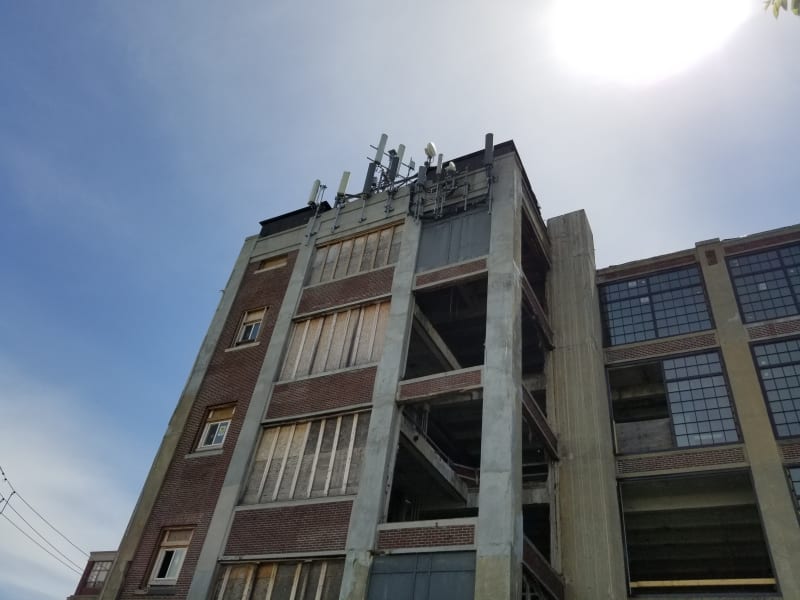Engin1
Structural
- May 1, 2018
- 42
Hello Everyone,
I am working on a job to replace an existing beam and maybe the columns. The building is five story and the beams at this corner are in very bad shape, they are about 20ft span. There is no floor at this corner but new floor will be installed. I need suggestions on new beam to existing column connections and existing beams to new column connections. Please advise!
thanks!!
I am working on a job to replace an existing beam and maybe the columns. The building is five story and the beams at this corner are in very bad shape, they are about 20ft span. There is no floor at this corner but new floor will be installed. I need suggestions on new beam to existing column connections and existing beams to new column connections. Please advise!
thanks!!


